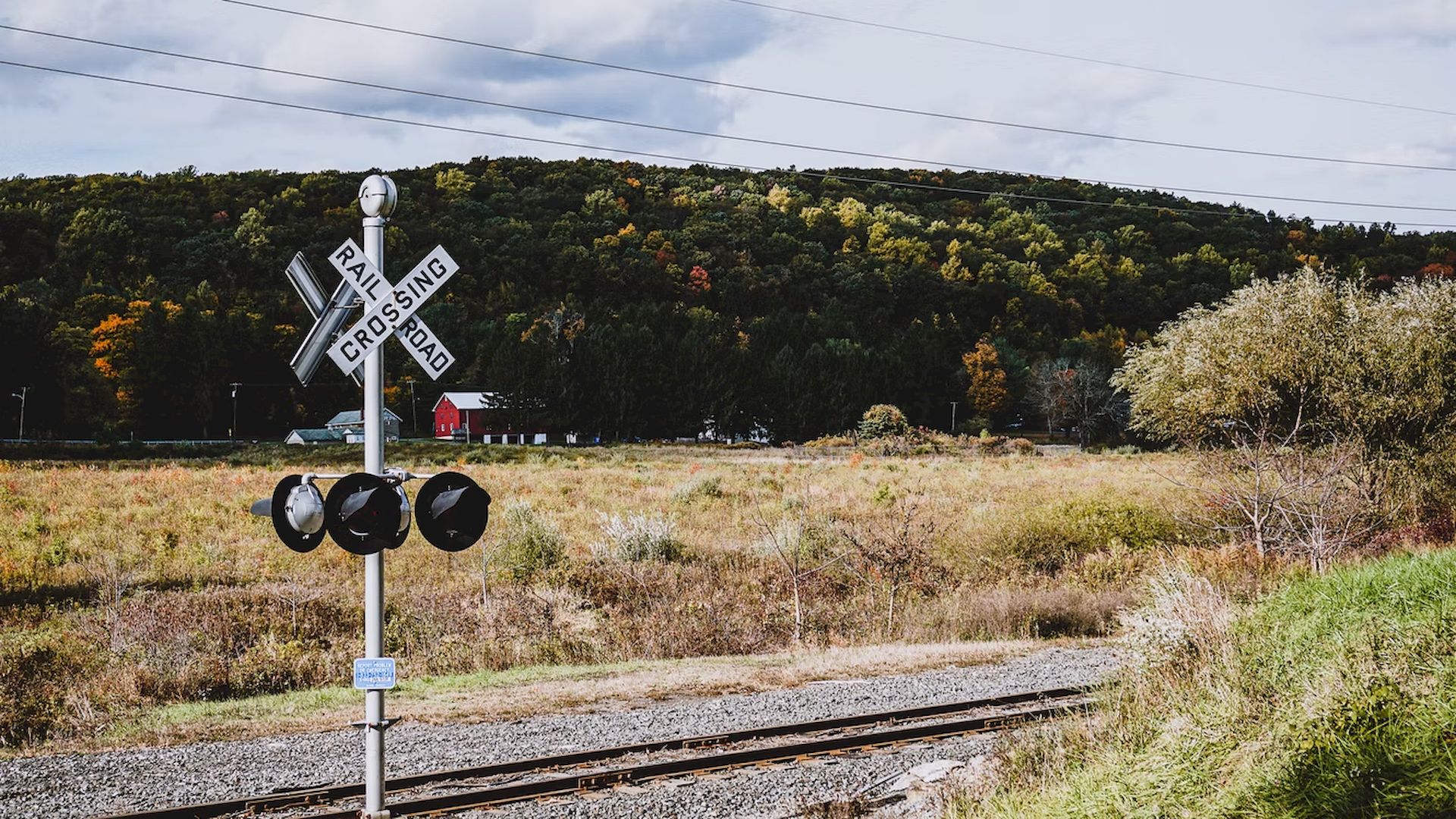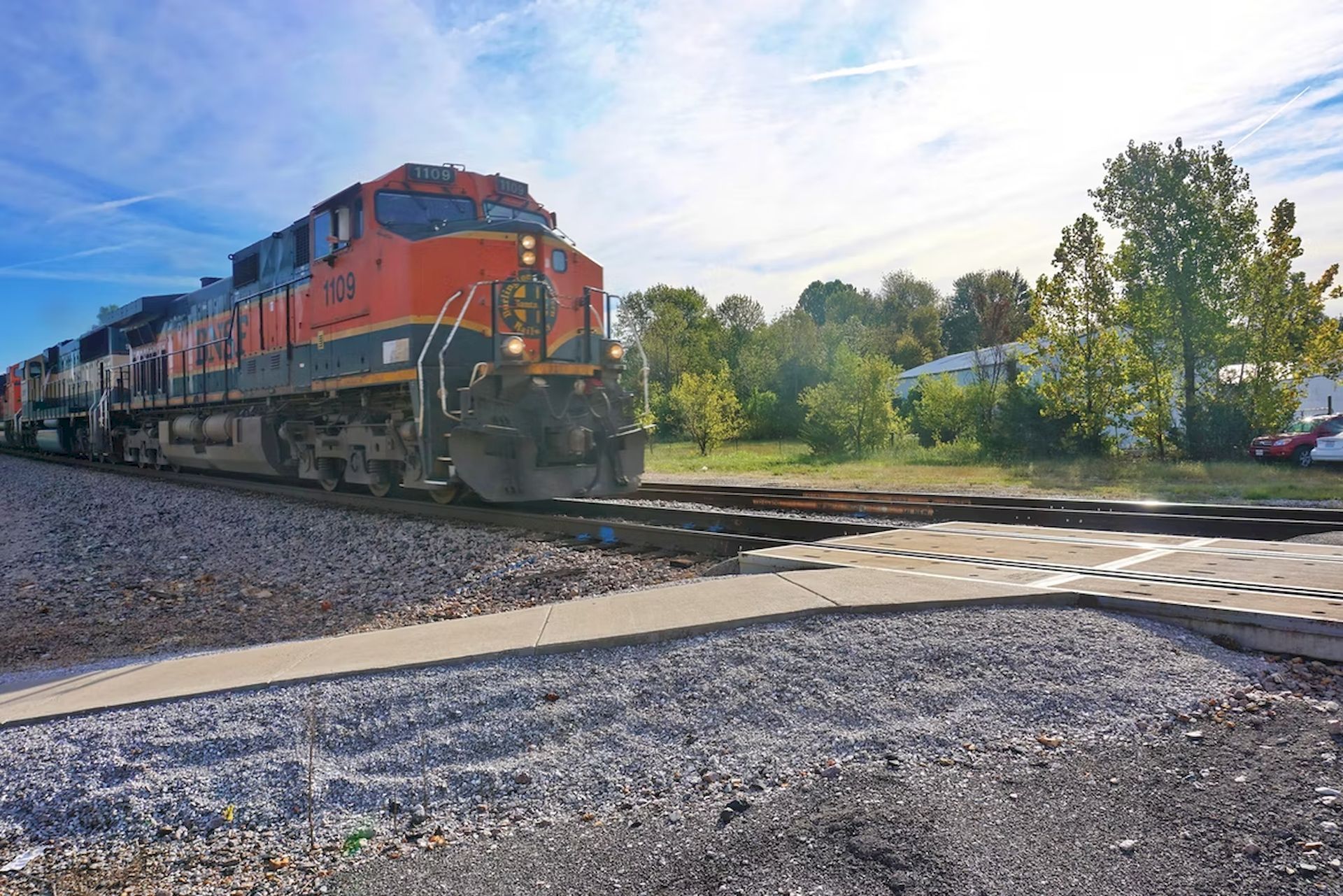In our digital era, the use of artificial intelligence has expanded into numerous areas, the latest research focuses on an AI trespassing tool. The number of fatalities has been rising over the past 10 years on railroads, but a team of engineers from Rutgers has created a program that uses AI to identify trespassing at train crossings.
The journal Accident Analysis & Prevention released the latest findings. MIT researchers have built a new LEGO-like AI chip and with this improvement, they aim to develop better AI systems that will enhance these kind of works, such as trespassing tools.
AI trespassing tool aims to decrease mortality rates
Asim Zaman, a project engineer at Rutgers, and Xiang Liu, an assistant professor of transportation engineering at the Rutgers School of Engineering, made up the team. The two created a system that uses AI to automatically identify train trespassing incidents. Additionally, it produces videos of the incidents and distinguishes between different kinds of offenders. The AI trespassing tool uses a detection method to process video input into a single dataset.

“With this information we can answer numerous questions, like what time of day do people trespass the most, and do people go around the gates when they are coming down or going up?” explained Zaman.
Over the past several years, trespassing accidents have steadily increased in the United States, killing hundreds of individuals every year. There have been several attempts to lower these fatalities, but none of them have been successful.
In 2008, the Federal Railroad Administration (FRA) calculated that 500 individuals were passed away on railroad rights-of-way each year. The FRA estimates that number rose to 855 in 2018.

Trespassers, according to Zaman and Liu’s definition from their study, are unauthorized individuals or vehicles on railroad or transit property that are not meant for public use or those who reach a signalized grade crossing after it has been triggered.
The majority of earlier study in this field used data from fatality reports; however, Zaman and Liu claim that near-misses might offer important insights regarding trespassing behavior. The creation of more efficient control measures, like this AI trespassing tool, may result in lower mortality rates.

With the use of video footage shot at a crossing in metropolitan New Jersey, the researchers put their idea to the test. One issue with crossing video systems is that they are not routinely examined because doing so is time-consuming and expensive.
How do they train the AI trespassing tool?
To train the AI trespessing tool, Zaman and Liu used 1,632 hours of archived video from the research location. After 68 days of observation, they discovered 3,004 trespassing incidents, or 44 per day on average. Almost 70% of the trespassers were men, and around a third entered before the train passed, they also learned. The majority of breaches occurred on Saturdays at 5 o’clock.
According to Zaman, local authorities may utilize this kind of detailed data to position police officers close to crossings during periods of high violation rates or to notify railway owners and decision-makers about more practical crossing alternatives. Systems that eliminate grade crossings or modern gates and signals are examples of these sorts of solutions.
“Everyone loves data, and that’s what we are providing,” said Zaman.

“We want to give the railroad industry and decision makers tools to harness the untapped potential of video surveillance infrastructure through the risk analysis of their data feeds in specific locations,” added Liu.
In North Carolina and Virginia, the researchers are also conducting a study similar to this AI trespassing tool. In order to grow to more states including Connecticut, Louisiana, and Massachusetts, they have received a $583,000 grant from the US Department of Transportation.
Healthcare is another sector that uses artificial intelligence tools, did you know AI can tell what doctors can’t? Now it can determine the race. Another great example is that, lately, scientists have showed that neural network-based visual stimuli classification paves the way for early Alzheimer’s diagnosis.





